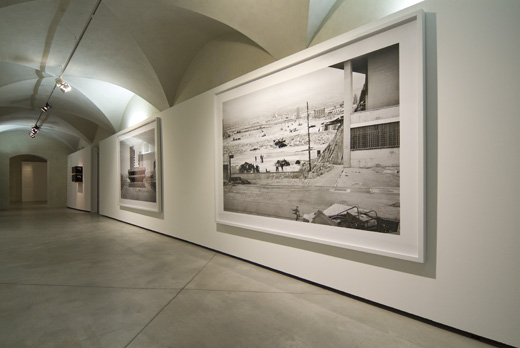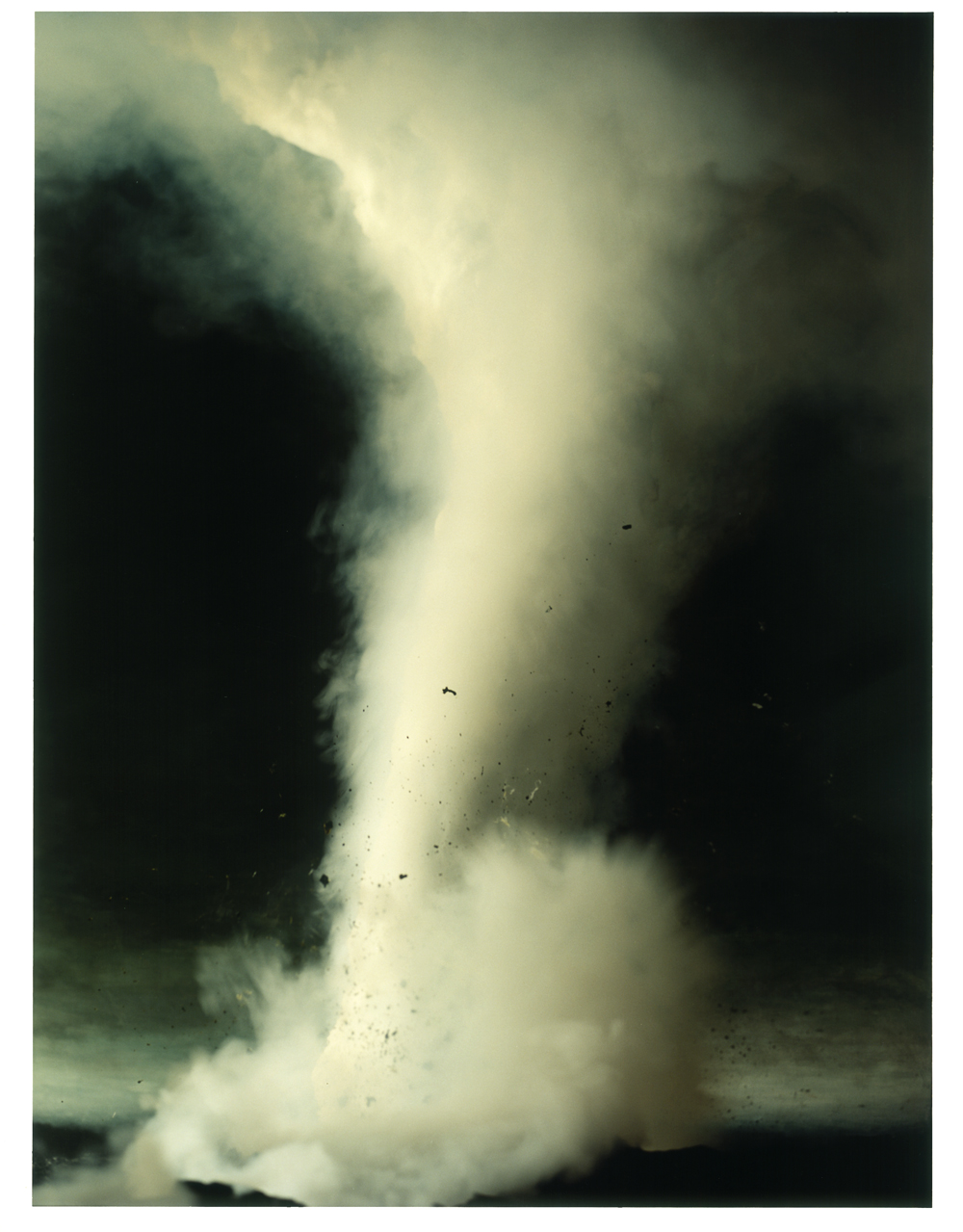Modern fine art is a democratic milieu, offering a space and a semi-mystical aura
to any loosely-defined perception presented by anyone anywhere who is
interested in that place and that aura. And what medium to better occupy that
space than photography, the most democratic and ubiquitous visual medium in
the world, perhaps ever? Indeed, photographic prints, matted and framed, are
quickly becoming a dominant sector of the art market, in both volume and gross
sales, while on the Internet, every photographer has a direct and immediate
international platform to display his or her creations. And yet why is it that such
an egalitarian medium, and such an open discourse and market for fine art, have
come together in such a way that fine art photography is so frequently dull and
distasteful, so paralyzed by moribund subjects and forms?
 Moira Ricci (Italia, 1977)
Moira Ricci (Italia, 1977)




